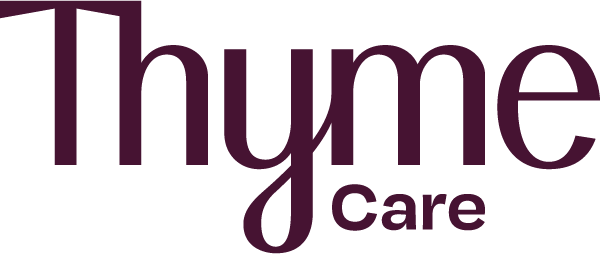Article
What Path Will Lead to Value Assessment 2.0 in 2019?
Author(s):
A new year brings the promise of new beginnings and progress. In 2018, value was a trending topic in healthcare. Payers, employers and providers pursued dialogue and data to help them identify, and pay for, value. Patients sought to bring forward their perspectives on value, not only regarding the impact of out-of-pocket costs, but also the impact on their experience of living with chronic illness and seeking novel, targeted therapies, or even cures.
Value assessors—organizations endeavoring to evaluate clinical and economic benefits of healthcare relative to costs—became more prominent. The Institute for Clinical and Economic Review (ICER) conducted cost-effectiveness-based reviews on drugs in 11 therapeutic areas, and organizations ranging from employers and the Department of Veterans Affairs to CVS Caremark announced programs that relied on ICER’s analyses. Patient organizations voiced concern whether cost-effectiveness analysis (CEA) discriminates against people with disabilities or chronic disease. And the Innovation and Value Initiative (IVI) introduced an open-source, patient-centric and scientifically-advanced platform for evaluating value in rheumatoid arthritis.
While we don’t predict that value assessment will resolve pitched debates about drug pricing in the coming year, we do believe measuring the value of therapy will continue to gain traction and generate interest as stakeholders remain focused on examining cost, benefit, and risk of healthcare technologies.
With that in mind, we offer our top 5 value-assessment predictions for 2019.
- Including Patient Perspectives Becomes a Must. With rapid scientific discovery, physicians and their patients have more therapeutic options than ever before. Therefore, asking, understanding, and measuring what patients value in healthcare is more important than ever to truly understanding value. While patient perspectives have traditionally been relegated to sidebar conversations and contextual data, sophisticated health economic models are increasingly incorporating patient perspectives into their value equations. We expect this trend to rapidly accelerate in 2019.
- Real World Data Becomes Real World Evidence. In December, FDA Commissioner Scott Gottlieb, MD, proposed a new framework to advance the use of real-world evidence across drug and biologic development efforts. The framework includes a strategy for building a comprehensive portfolio of real-world data sources, an effort that could include the use of mobile technologies, electronic patient-reported outcome tools, wearables and biosensors. Dr Gottlieb’s leadership on collecting real-world data and advancing real-world evidence as part of a drug’s approval in 2019 will be an important milestone to move value assessment beyond solely cost per quality-adjusted life year (QALY).
- The QALY Fight Will Intensify. As soon as CVS Caremark announced a program to rely on ICER analyses to allow its health plan customers to exclude coverage for certain drugs, the Partnership to Improve Patient Care (PIPC) launched a petition to convince CVS to reverse itself. At the heart of the PIPC-CVS debate is the use of the QALY-based analysis of any sort, which PIPC and many other patient and disability groups strongly oppose. Consensus may not be possible, but we foresee both the supporters and opponents of the QALY exploring ways to measure value from different perspectives.
- Iterative Models Gain Momentum. A major criticism of older value assessment models is that when new science emerges, static results become out-of-date until the assessors conduct a new static analysis—which is itself soon out of date. In a nod to the importance of this issue, ICER plans to revisit several prior assessments in the coming year, but this effort will simply generate a new set of static estimates. Luckily, a better alternative approach based on iterative, flexible models is on the rise. With this new breed of models, emerging medical or real-world evidence can be accounted for nearly immediately, giving both researchers and healthcare decision makers a real-time picture of value. Watch for new value assessment models and tools that accommodate for rapidly evolving evidence.
- Transparency Is King. Next-generation value assessment embraces an open-source modeling approach in which all the source code, methods documentation, software and user interfaces are transparent and widely available. As value assessment proliferates as a tool to solve challenges in drug pricing and coverage decisions, attempts to assess the value of therapy options in a “black box” will be met with increasing resistance—and rightfully so. The imperative to foster trust in defining and assessing value requires transparency. We predict significant movement toward that end in 2019.
In 2018, value assessment became a common refrain in policy and research conversations. In 2019, we could see a year of greater consensus and improved practice—of achieving value assessment 2.0. At IVI, we are proud to help advance the science and practice of value assessment. We hope that you’ll join us in this important mission.
Wishing you a high-value new year!
About the Authors
Jennifer Bright, MPA, is the executive director of IVI, and Mark Linthicum, MPP, is the director of scientific communications.





